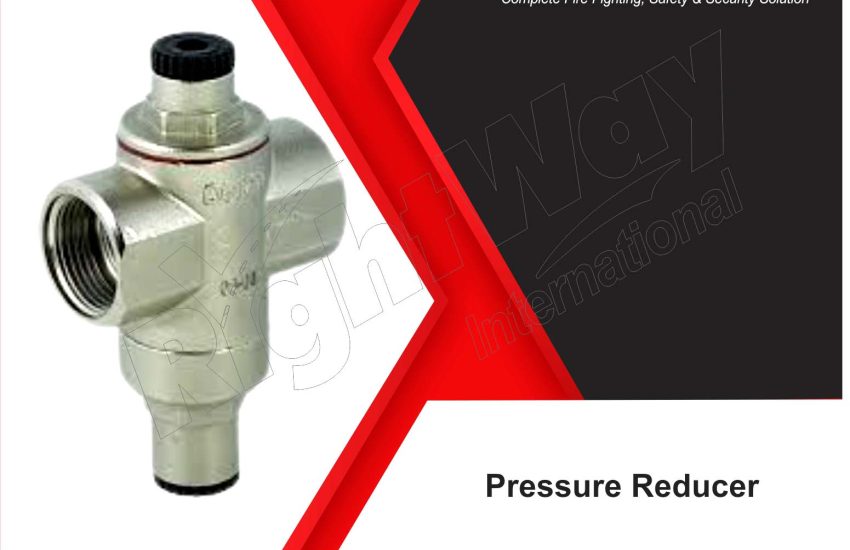What is a Pressure Reducer Valve?
Pressure Reducer Valve often referred to as a pressure-reducing valve (PRV), is a critical component in various industrial applications. It is designed to control and reduce the pressure of fluids and gases to a desired level, ensuring safe and efficient operation. These valves are commonly used in water supply systems, gas distribution, and HVAC systems.
How Does a Pressure Reducer Work?
Pressure reducer valves function by maintaining a constant downstream pressure, regardless of fluctuations in upstream pressure. When the inlet pressure exceeds the set limit, the valve automatically adjusts to reduce the pressure to a predetermined level. This feature helps to protect downstream equipment, optimize performance, and prevent damage caused by excessive pressure.
Key Benefits of Using Pressure Reducer:
- Safety: By regulating pressure, these valves help prevent accidents caused by overpressure, ensuring safe operation in industrial environments.
- Efficiency: Maintaining optimal pressure levels enhances the efficiency of systems, reducing energy consumption and operational costs.
- Equipment Protection: Pressure reducer valves safeguard sensitive equipment from pressure surges, extending the lifespan of machinery.
- Versatility: Suitable for various applications, including water systems, gas lines, and industrial processes.
Types of Pressure Reducer:
- Direct-Acting Pressure Reducer Valves: These are the most common type, using a spring mechanism to maintain pressure. They are suitable for low to medium flow applications.
- Pilot-Operated Pressure Reducer Valves: These valves use a secondary control mechanism (pilot) to regulate pressure and are ideal for high-flow applications.
Applications of Pressure Reducer:
- Water Supply Systems: To maintain consistent water pressure for residential and commercial buildings.
- Natural Gas Distribution: To regulate pressure in gas pipelines, ensuring safe delivery to consumers.
- HVAC Systems: To optimize pressure in heating and cooling systems, improving energy efficiency.
Choosing the Right Pressure Reducer:
When selecting a pressure reducer valve, consider the following factors:
- Pressure Range: Ensure the valve can handle the maximum and minimum pressures required for your application.
- Flow Rate: Choose a valve that matches the flow requirements of your system.
- Material Compatibility: Select materials that are suitable for the fluids or gases being handled to prevent corrosion and ensure durability.
Conclusion
Pressure reducer valves are essential components in maintaining safety, efficiency, and equipment longevity across various industries. By understanding their function and applications, businesses can make informed decisions that enhance operational performance. For optimal results, always consult with a qualified supplier or engineer to choose the right valve for your specific needs.


